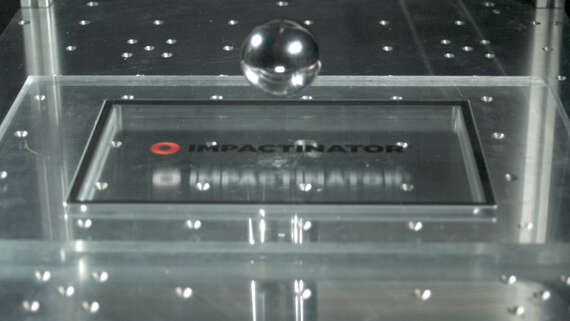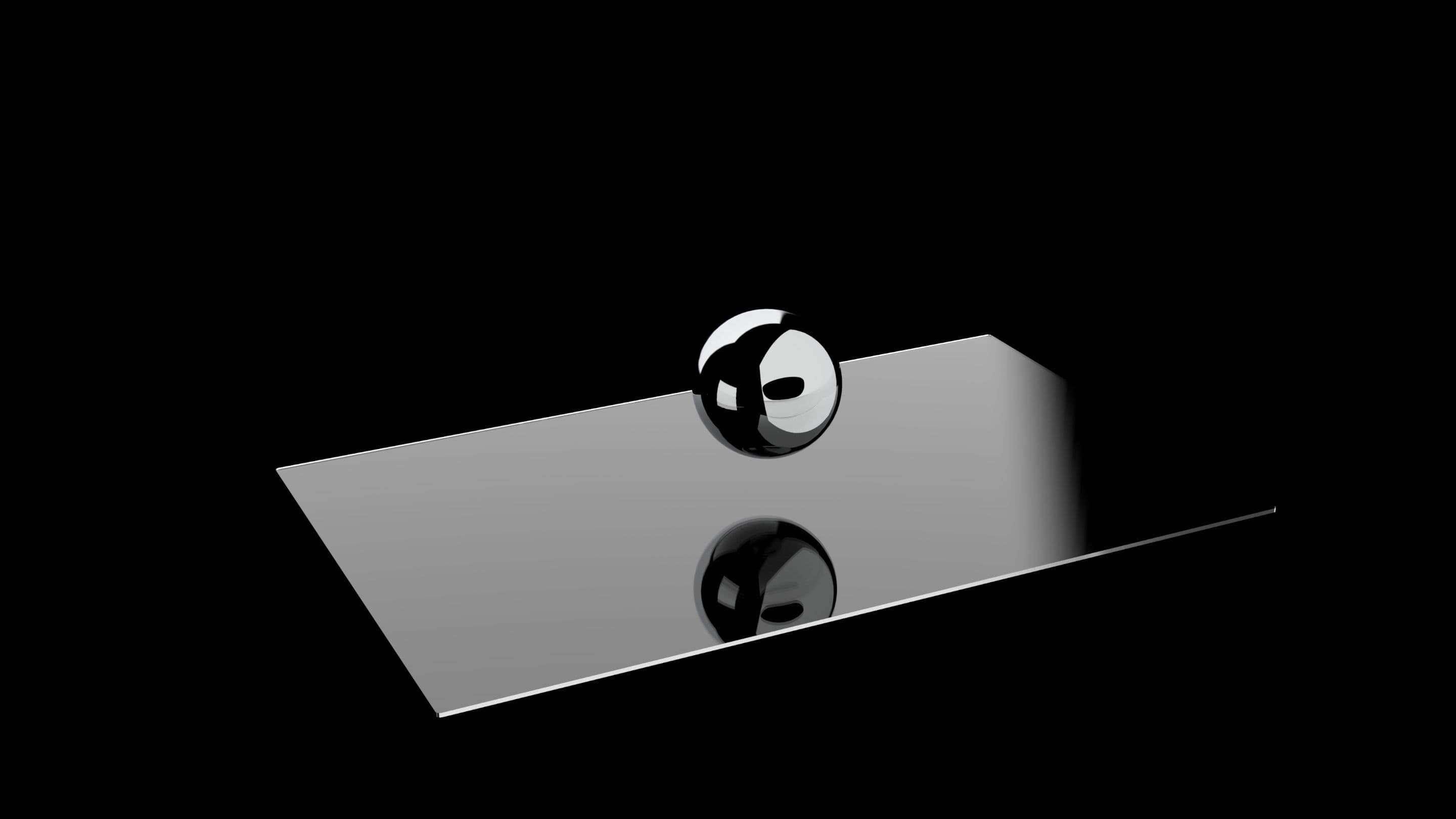What is the Brinell Hardness Test?
The Brinell Hardness Test, named after Swedish engineer Johan August Brinell, is a method developed in 1900 to measure the hardness of materials. This test is particularly useful for materials with a coarse or uneven grain structure. Unlike other hardness tests that might be limited to specific materials or structures, the Brinell method provides a more comprehensive assessment, making it a preferred choice for a wide range of applications, including metals and alloys.
How the Brinell Hardness Test Works
The Brinell Hardness Test involves pressing a hard ball into the material’s surface and measuring the size of the indentation. Typically, a ball made of hardened steel or tungsten carbide, with a diameter ranging from 1 to 10 mm, is used. A specified load is applied to the ball for a predetermined time, and after removing the load, the diameter of the indentation left on the material’s surface is measured. The Brinell Hardness Number (BHN) is then calculated using the formula that considers the load, the diameter of the ball, and the diameter of the indentation.
Advantages of the Brinell Hardness Test
One of the key advantages of the Brinell Hardness Test is its applicability to a wide range of materials, including metals, non-metals, and composites. It is particularly effective for testing materials with heterogeneous structures, such as cast iron and forged metals. The large indentation left by the Brinell test provides a more averaged measurement over a larger surface area, which helps in assessing materials with non-uniform grain structures. This test is also less affected by surface finish, making it suitable for rough or unpolished materials.
Applications in Various Industries
The Brinell Hardness Test finds applications across numerous industries due to its versatility and reliability. In the automotive industry, it is used to assess the hardness of engine components, gears, and bearings. The construction sector relies on this test to evaluate the durability of structural materials like steel and concrete. Even in the aerospace industry, where material performance is critical, the Brinell Hardness Test is employed to ensure components meet stringent hardness specifications. Interelectronix has extensive experience in applying this test across these varied industries, ensuring materials meet the highest standards of quality and performance.
Understanding Test Parameters and Their Impact
Several parameters can influence the results of a Brinell Hardness Test, including the diameter of the ball, the magnitude of the applied load, and the duration for which the load is applied. It is essential to select the appropriate parameters based on the material being tested to obtain accurate and reliable results. For instance, a larger ball diameter or higher load might be required for harder materials, while softer materials might need a smaller ball and lighter load. At Interelectronix, we guide our clients in selecting the optimal test parameters to ensure precise and meaningful hardness measurements.
Comparison with Other Hardness Tests
While the Brinell Hardness Test is highly versatile, it is not the only method available for measuring material hardness. Other common tests include the Rockwell and Vickers hardness tests. Each of these methods has its strengths and weaknesses. For example, the Rockwell test is quicker and can be automated, making it suitable for high-throughput testing environments. The Vickers test, on the other hand, is known for its accuracy in measuring small parts and thin materials. However, the Brinell test’s ability to average hardness over a larger area makes it ideal for materials with uneven structures, highlighting its unique value.
Calibration and Maintenance of Testing Equipment
Ensuring the accuracy and reliability of the Brinell Hardness Test requires proper calibration and maintenance of the testing equipment. Regular calibration against standard reference materials is essential to verify that the testing machine produces consistent results. Maintenance involves inspecting the indenter ball for wear and replacing it when necessary, as well as ensuring the machine applies the correct load. At Interelectronix, we offer comprehensive calibration and maintenance services to help our clients maintain the integrity of their testing processes.
Common Challenges and How to Overcome Them
Despite its robustness, the Brinell Hardness Test can present certain challenges. One common issue is the formation of too large or too small indentations, which can result from incorrect load application or unsuitable ball diameter. Surface preparation is also crucial, as contaminants or uneven surfaces can affect the test results. Interelectronix provides detailed guidance and support to help clients overcome these challenges, ensuring they can rely on accurate hardness measurements for their materials.


